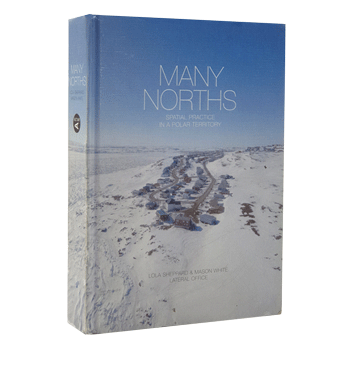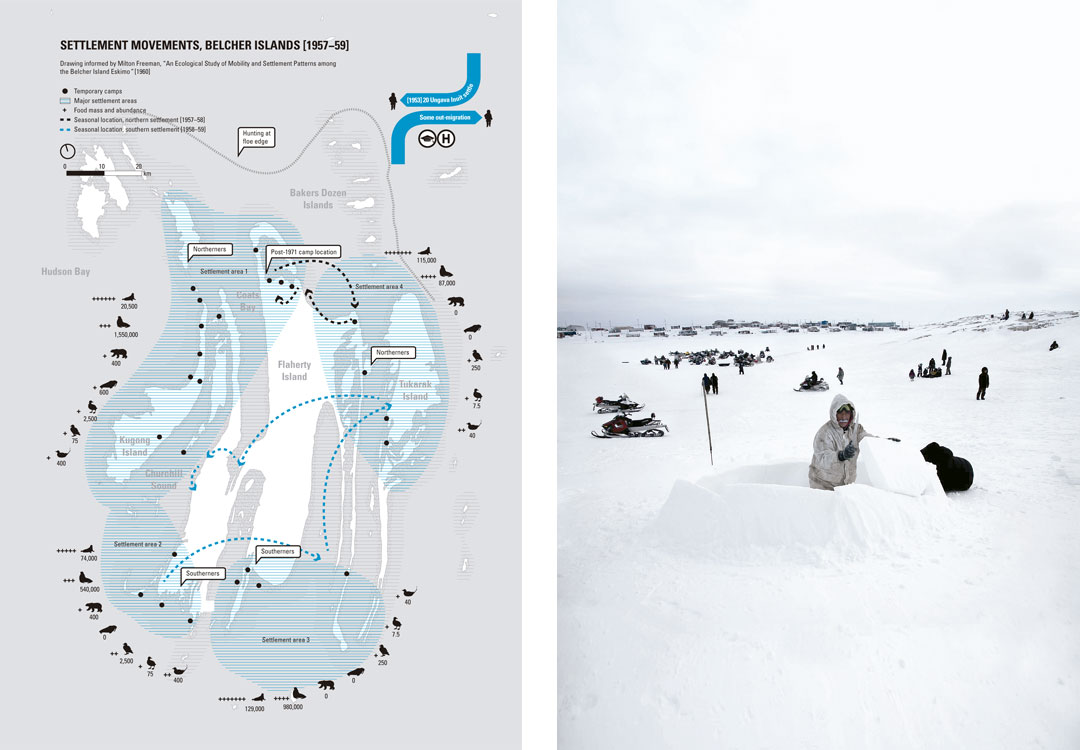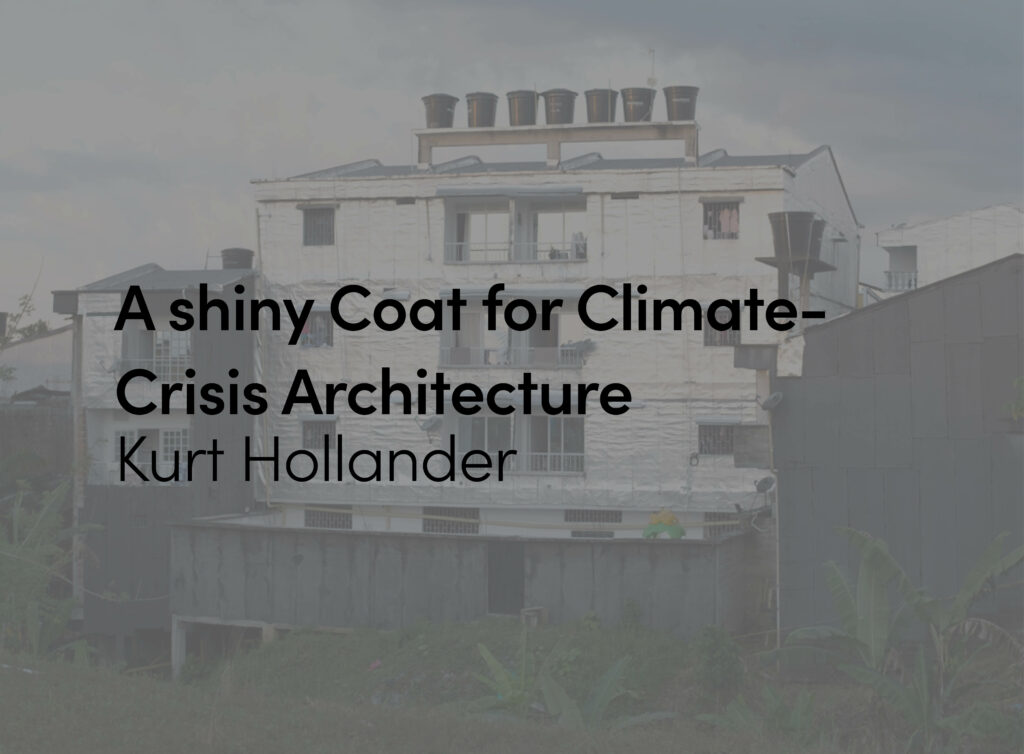Inuit migration and the establishment of camps or temporary settlements was an adaptive practice that responded to available resource, hunting, and trade opportunities. An area’s suitability was determined by the size of the population to be supported, as well as the duration and frequency of occupation. The location of settlements varied seasonally and annually, though familiarity with the local geography encouraged repeat visits. Leading up to the 1960s, Inuit settlements on the Belcher Islands tended to fluctuate in population composition, location, and degree of interaction with other settlements. The community divided into north and south camps at opposite ends of the islands, and the two groups’ specialized knowledge of the region determined their settlement preferences.
Left: Settlement Movements, Belcher Islands by Lateral Office.
Right: Building an Igloo, Sanikiluaq, NU, 2014. Photograph by Brad Wutke.
Based on a 1959–61 study by anthropologist Milton Freeman, proximity to marine resources was the primary reason for selecting a winter settlement. Although people would sometimes travel between the islands and the mainland, off-island movement gradually decreased. This can be attributed to a decline in caribou on the mainland in the 1800s, as well as the establishment of trading posts on the islands in 1928. To centralize services, in 1971 the Canadian federal government relocated the buildings and people of the southern settlement to the northern settlement, site of the trading post. Residents still travel to different camps on the Belcher Islands; however, Sanikiluaq remains the only permanent settlement for the approximately 800 residents. The traditional movement patterns and subsequent settlement of the Belcher Island Inuit mirror many transformations across Nunavut.Full content is available only for registered users. Please login or Register
Ice Floe Edge and Settlement Location [Winter]
Settlement in the early winter occurs near the floe edge of landfast ice, where seal is most plentiful. Seals are shot while in the water and retrieved by kayak. As the sea ice cover expands during winter, Inuit camps’ distance from the edge increases, resulting in the adoption of different hunting methods, such as hunting seal at breathing holes rather than in open water.
Trading Posts and Settlement Location [Summer]
During the summer months, reduced climate and ecological pressures allow for the clustering of camps, and for more social interaction among families. Once the ice melts, Inuit position their camps in sheltered sealing areas to enable seal hunting in windy weather. Locating summer settlements closer to trading posts is an asset, as travel by sled is not possible.
Drawing informed by Milton Freeman, “An Ecological Study of Mobility and Settlement Patterns among the Belcher Island Eskimo” [1960]
Left: Aerial View of Sanikiluaq, NU, on the Belcher Islands, c. 1998. Photograph courtesy of the Department of Community and Government Services, Government of Nunavut.
Right: Sanikiluaq [2011] by Lateral Office.



![Ice Floe Edge and Settlement Location [Winter] © Lateral Office](https://urbannext.net/wp-content/uploads/2017/03/ManyNorths_488-1.jpg)
![Trading Posts and Settlement Location [Summer] © Lateral Office](https://urbannext.net/wp-content/uploads/2017/03/ManyNorths_488-2.jpg)
![Drawing informed by Milton Freeman, “An Ecological Study of Mobility and Settlement Patterns among the Belcher Island Eskimo” [1960]](https://urbannext.net/wp-content/uploads/2017/03/ManyNorths_488-3.jpg)
![Aerial View of Sanikiluaq, c. 1998 © Department of Community and Government Services, Government of Nunavut | Sanikiluaq [2011] © Lateral Office.](https://urbannext.net/wp-content/uploads/2017/03/ManyNorths_488-01.jpg)











